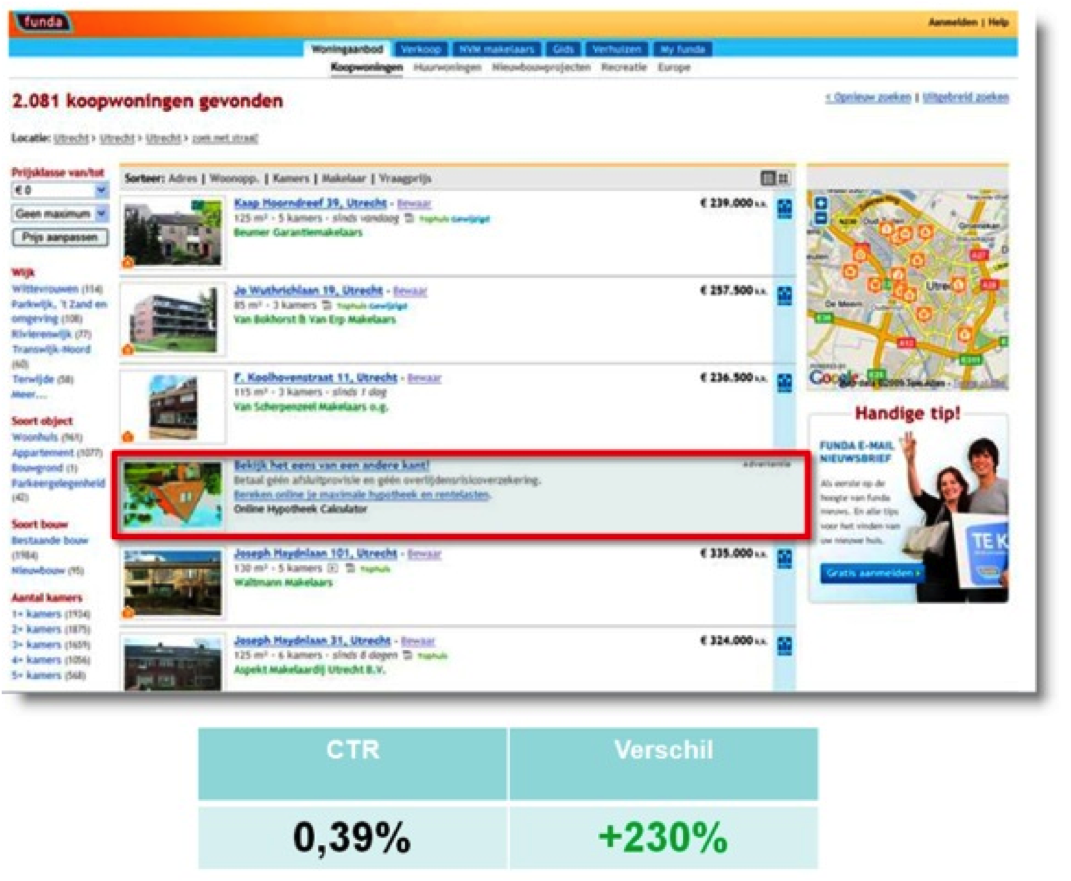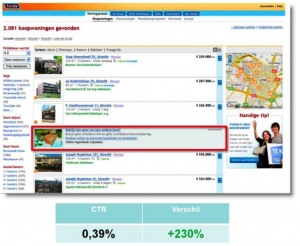“We automatically pay attention to things that we did not expect”
Only 1% of what you see actually enters through your eyes. Your brain itself fills in the rest. Your brain does this by using prior visual information and established assumptions about the real world. 99% of what you see is ‘computed vision’, based on highly advanced algorithms, providing you with a surprisingly accurate visual image.
Perceptual incongruence occurs when the true visual information gathered via the eye doesn’t fit visual algorithms. When this happens, parts of the brain start asking for more information (because it doesn’t necessarily fit the algorithm).
Therefore, incongruence can have large effects in directing attention.
Scientific research example:
Imagine that you visit a website that displays two banners. One of those banners shows a brand that fits nicely within the theme of the website you’re visiting. The other does not. Which banner do you think you will remember better and find more interesting?
Dahlén and others (2008) studied this effect of placing ads on thematic ‘congruent’ platforms, versus ‘incongruent’ platforms. As hypothesized, they found that placing ads in thematically incongruent media enhances ad processing, advertising evaluations and produce stronger perceptions of existing brand associations…
That’s incongruency at work…
Online Persuasion tips:
[checklist]
- Do something unexpected when someone enters your website (or other platform).
- Within your own platforms use incongruent colors, fonts, images, etc. for important content and interactions.
Moreover:
- Advertize ‘on purpose’ on thematically incongruent platforms.
- Make the total look and feel of your ads incongruent with each advertising platform.
[/checklist]
Online tests:
Further reading on perceptual incongruence:
- M Dahlén, S Rosengren, F Törn, N Öhman – Journal of Advertising, Autumn 2008, Volume: 37 Issue: 3 pp.57-67; “Could placing ads wrong be right?: Advertising effects of thematic incongruence”


